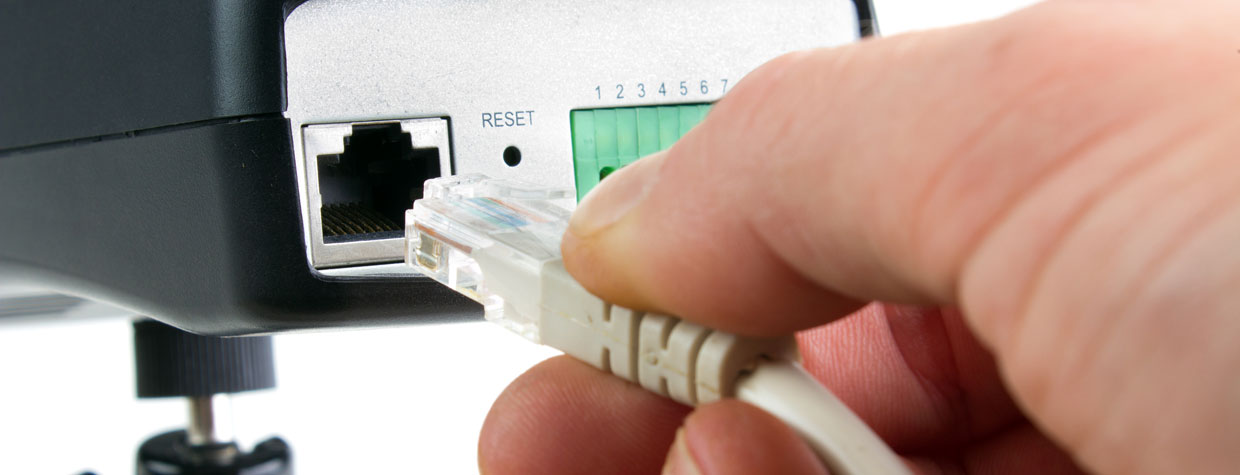Power over Ethernet (PoE) compatibility has become commonplace as a feature of network devices in many technological fields, and, thanks to the adoption of a near-universal standard, PoE is a simple and robust means to implement power distribution in networked installations. Yet despite this, the technology is still not well understood, or being used to best advantage, by those designing and installing networks. For example, many hardened IT gurus, skilled in the design of VoIP or wireless installations, may find even the basic concepts of electrical power to be alien and uninteresting. Conversely, security installers with a wealth of experience in more traditional wiring may not be able to translate this expertise to the power distribution within the newer medium of network cabling, when planning a digital video or access control system.
In order to address this, this article provides an introduction to the basic concepts of PoE technology, and presents the case for deploying PoE wherever possible, explaining the evident benefits and introducing some more subtle advantages as well. The limitations of PoE in its usual form are also considered, and recommendations are made for making best use of the technology when designing an installation.
What's inside?
- PoE – the very basics
- Advantages of using PoE power
- Limitations of conventional PoE equipment
- Taking advantage of PoE
- Conclusion
Popular Whitepapers
Veracity OUTREACH Ethernet and POE Extender for security products
Veracity: POE security applications, features, principles and terminologies explained
Vicon - PoE Switch : Total power consideration








